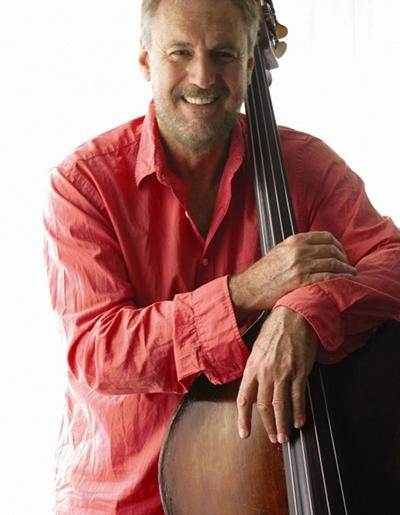Art and Hip-Hop
Art and Hip-Hop
“Confessions of a Subculturalist,” a spoken-word performance piece by the artist Michael Holman, will bring to life his personal experiences in New York City’s 1980s art and hip-hop scenes, at the Southampton Arts Center tomorrow at 7 p.m.
Film, video, and photography projection will augment the performance, which will cover the formation in 1982 of the New York City Breakers, a celebrated dance crew; Mr. Holman’s creation of “Graffiti Rock,” the first nationally syndicated hip-hop TV show; his founding of the band Gray with the painter Jean-Michel Basquiat, and his relationship to such art world luminaries as William Burroughs, Andy Warhol, Robert Rauschenberg, and Keith Haring.
Tickets to this personal portrait of New York City’s 1980s downtown milieu are $10.




